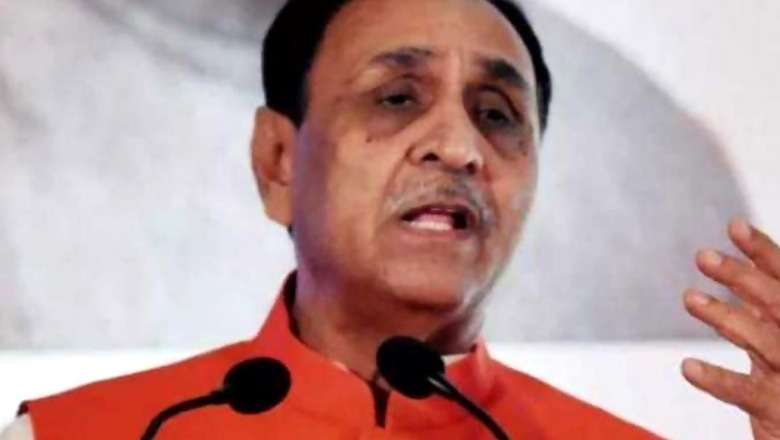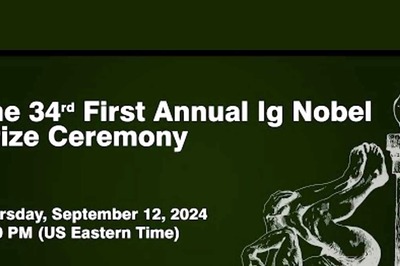
views
New Delhi: In order to effectively deal with drought, Gujarat Chief Minister Vijay Rupani on Saturday proposed that the norms regarding the use of State Disaster Response Fund (SDRF) should be revised.
"The recent years for Gujarat have been rainfall deficient and therefore, we have taken stringent measures to mitigate the effects of scanty rainfall," he said in his speech at the NITI Aayog Governing Council meeting here
Gujarat had received just 73.87 per cent of the average rainfall during the monsoon season in 2018.
Rupani said the state would like to propose certain "revisions" in the SDRF norms.
"As per Supreme court orders, the mid-day meal centres have to be kept open during vacations also after drought notification. The same applies to Anganwadi centres," he said.
"As the mid-day meal and Anganwadi centres have to be kept open, it is proposed that the expenditure incurred thereon should be incorporated in SDRF guidelines," he added.
The SDRF is the primary fund available with the state governments to deal with natural disasters.
The central government contributes 75 per cent for general category states such as Gujarat and 90 per cent for special category states of the assessed SDRF each year.
Rupani said that during the drought period, either the number of work days under the MGNREGA scheme should be increased to 200 days from 150 or the additional expenditure "beyond 150 days should be allowed to be made from the SDRF".
According to the current norms, during a drought period, the number of work days under the MGNREGA scheme are only increased to 150 days from 100 days.
The chief minister said it is very important to reform existing SDRF norms to provide financial assistance for the entire drought period.
"Total default time frame for relief aid during natural calamities, including moderate and severe calamities, is 90 days. Normally, during the calamities like cyclones, heavy rains and floods, it is not required to extend the time limit. However, drought is a very different kind of natural calamity; which lasts for about eight to nine months," he explained.
"And as the drought prolongs, the situation worsens which requires even greater need to carry out relief measures during such period. As the time limit for drought relief measures is confined to a maximum 90 days, it puts a heavy burden on state exchequer to continue relief works for seven to eight extra months," he added.
According to the current SDRF norms, the subsidy provision is for animals under cattle camps only, Rupani said.
"It is proposed to incorporate financial aid for registered gaushalas and panjra pole as they also carry out very significant relief works," he added.
Panjra pole is an enclosure where old and sick animals are kept.
According to the SDRF norms, financial assistance is provided only for the transportation of fodder.
The chief minister said that during drought, the state government has to distribute fodder at subsidised rates. "Therefore, the procurement cost of fodder also needs to be incorporated under SDRF norms," he said.
The chief ministers for all states of India met on Saturday at the fifth meeting of NITI Aayog governing council.
In his speech, Rupani said his government is committed to achieving the UN's 2030 Agenda for Sustainable Development and have prepared "Gujarat Sustainable Vision 2030" as its commitment.
He said the state government will leave no stone unturned in transforming Gujarat in line with the prime minister's vision of transforming India into a new India.

















Comments
0 comment